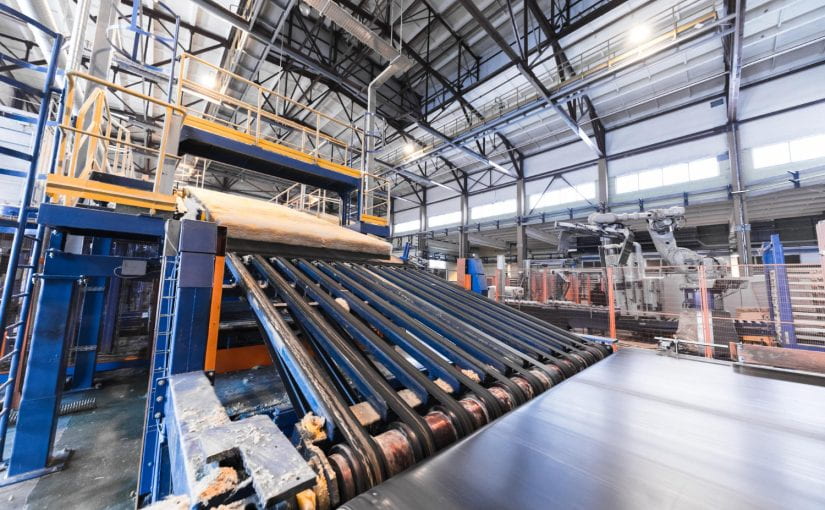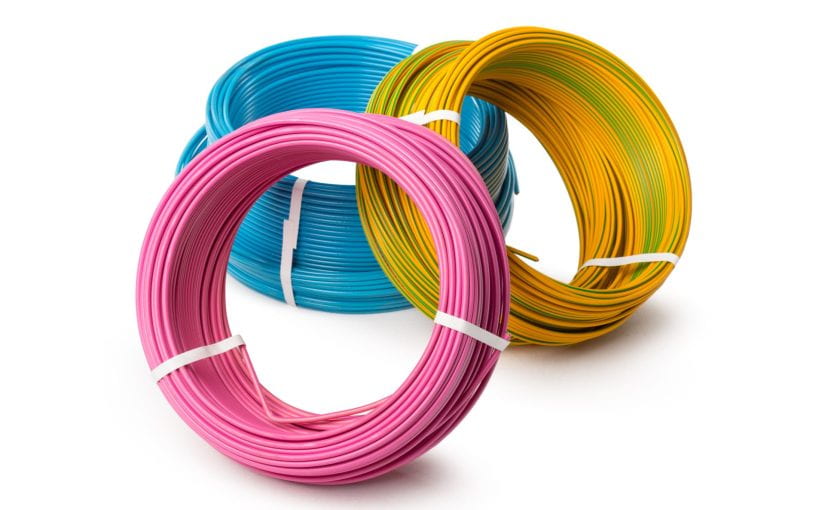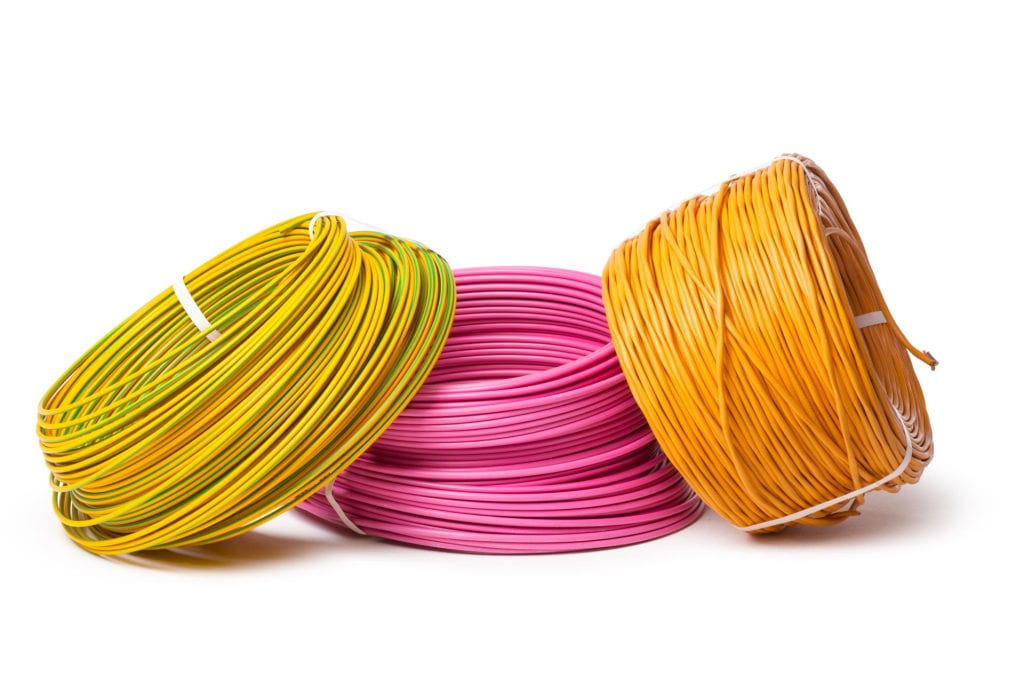The Australian cable manufacturing industry is greatly important for the power supply and connection of various industries that dominate the country, from communication to construction and mining. Keeping in view the expansion of infrastructure in Australia and the growing demand for energy-efficient solutions, there has been a rise in demand for reliable and high-performance cables. This article gives an overview of the leading Australian Cable Manufacturers in the industry and what they have contributed to innovation in technologies that will indeed help Australia shape its future. One such key player, which emerges as a rising star from this overview, is Znergy Cable.
About Cable Manufacturing in Australia
Cable manufacturing is a significant part of Australia’s economy, providing its products to the industries of energy, telecommunications, mining, and infrastructure. Due to the diversified geography of this vast country and variable industrial applications, the cable manufacturers have to design a broad range of products to meet variable requirements. Cables provide much-needed electricity to homes, industries, and cities and towns, besides helping in communication and data transfer.
It is why, for now, Australian cable manufacturers strive to manufacture quality cables that can withstand the Australian environment and increased energy needs. They sell cables to construction, telecommunication, energy, and transport industries that play an integral role in the country’s building and development.
Types of Cables Manufactured in Australia
The Australian cable manufacturers generate a variety of cables suitable for the application. Some of these are:
- Power Cables: These power cables are made use of for providing electrical power to various types of consumers, which includes houses and huge industrial complexes.
- Telecommunication cables: needed for the transmission of data, these include coaxial cables, fibre optics, and Ethernet cables.
- Mining Cable: These are utilized for special purposes in the mines. These cables must be extremely tough and also resistant to wear and tear, moisture, and difficult environmental conditions.
- C&I cables: Control and instrumentation cables are used for controlling and monitoring systems installed in industry and commerce.
- Building and Construction: The cables are used within buildings that contain residential, commercial, and industrial use, often in structures that require fire resistance and strength.
Leading Cable Manufacturers in Australia
Several companies are leading the cable manufacturing sector in Australia. These manufacturers are known for their quality products, innovation, and commitment to meeting the industry’s changing needs.
1. Prysmian Group Australia
The Prysmian Group represents one of the largest cable manufacturers in the world and is a powerful player on the Australian market. For decades, this company has been producing hundreds of types of cables ranging from power cables and telecom cables to industrial cables. Prysmian’s cables are used for various infrastructure projects—from renewable energy systems to large-scale construction works.
It is committed to sustainability through the utilization of the best available materials for the environment, thereby adopting greener manufacturing practices. Prysmian also leads in the development of new, innovative fibre-optic cables for infrastructure building in high-speed internet and telecommunication networks in Australia.
2. Olex Australia
Olex is one of the largest manufacturers of electrical cables in Australia. The company specializes in power cables and related cable products. A lot of its products are used in mining, construction, and telecommunication industries. Its products are endorsed for high-quality, reliable cables of international standards. The product portfolio includes low and medium voltage power cables, fire-resistant cables, and armoured cables for safety-critical applications.
Innovation is one of the major priorities of Olex, and this is supported by the fact that the company invests funds in research and development to manufacture cables that can withstand the toughest environmental conditions. The ability to offer safe and high-performance products has made the firm a trusted name in the Australian cable industry.
3. Znergy Cable
Znergy Cable is a newly emerging cable manufacturing company in Australia. Within the last few years, it has earned its reputation for quality and innovation. The company is focused on low- and high-voltage cables and provides a large number of cables for energy construction and industrial sectors. Thus, the company manufactures power cables of superior quality that meet very stringent performance and safety requirements.
Znergy has an approach toward sustainability and environmentally friendly processes in the manufacture of its products. It cares about using recyclable materials and minimizing the negative consequences of its products on the environment. The firm is also investing heavily in R&D to develop advanced cable solutions that could support Australia’s journey toward renewable energy. Some of the products are special cables intended for solar energy systems that become necessary with Australia moving towards clean energy.
It also has been known for its customer-centric approach, whereby it attempts to offer bespoke solutions in order to meet the particular needs of the customer. Whether it be some big infrastructure project or niche industrial application, the custom production of cables by Znergy will ensure that its products will meet the unique requirements of its customers.
Key Trends in the Australian Cable Manufacturing Industry
The Australian cable manufacturing industry needs to transform and evolve to meet the demands of today’s modern technology and sustainability. Some of the trends driving that change include:
1. Sustainable Manufacturing
Today, sustainability is being regarded as one of the core issues by Australian cable manufacturing companies. Increasing consumer demand for products that are environmentally friendly will force companies to shift to more sustainable manufacturing processes, utilize recyclable materials, and also minimize the carbon footprint of operations. Znergy Cable offers products with environmentally friendly material and also energy-efficient manufacturing techniques in producing the product.
2. Smart Cable Technologies
With the rise in IoT and smart cities, the demand for smart cables is on an upward rise. The cables can monitor their performance and transmit data, therefore giving real-time information about their condition and performance. This is important, especially in sectors such as energy, where monitoring and optimizing power transmission is key.
3. Reorient Economy to Renewable Sources
Demand has been on an upward trend in Australia for specific cables used for solar and wind systems, among other renewable energies, as the country advances towards renewable energy sources. The outcome is that cable manufacturers now come up with products that ensure the best performances in renewable energy plants, which guarantee safety and sustainability in energy transmission.
Conclusion
Cable manufacturing forms part of the economic infrastructural industry in Australia, the products being very fundamental and necessary in a number of sectors, including energy, telecommunication, and construction. It is at this point that leading manufacturers such as Prysmian Group, Olex, Southwire, Nexans, and Znergy Cable come in with innovative and performance-critical products for different applications.
With increasing demands for sustainable, smart, and high-performance cables, the Australian manufacturing industry of cables is standing at the edge of continuous innovation and growth. Regarding this, manufacturers such as Znergy Cable, with an environmentally friendly approach toward production and modern technologies, play a big role in building the future of Cable Manufacturers in Australia and make sure this industry will continue to stay at the front line of international developments in energy and communications.


